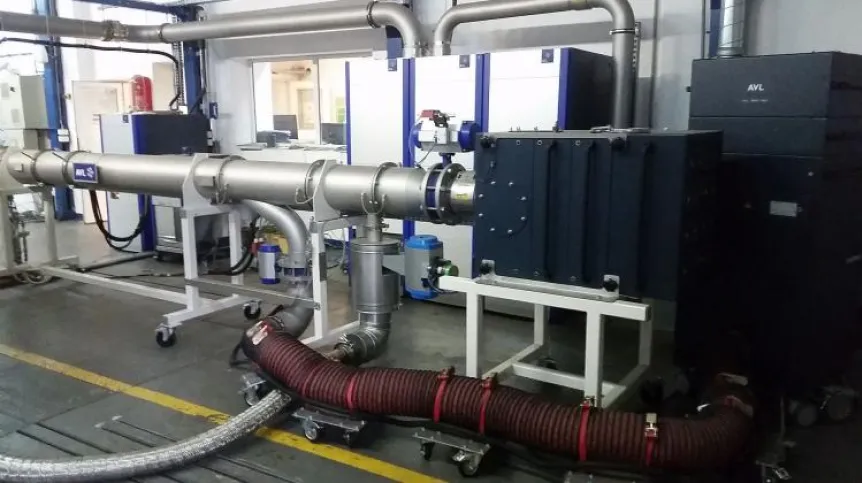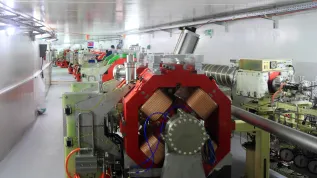
An innovative method of measuring exhaust emissions is based on a random selection of measurement sections. It is an alternative to the currently used approval procedures. The new method makes it possible to individualise the test for different vehicle types. Such measurement excludes misuse leading to obtaining results that do not reflect the actual emission of toxic components to the atmosphere.
An article on the subject will be published in the April issue of the Science journal Measurement. Its co-authors are: Dr. Anna Borucka from the Military University of Technology in Warsaw, Dr. Dariusz Mazurkiewicz from the Lublin University of Technology and Professor Andrzej Świderski and Dr. Piotr Wiśniowski from the Motor Transport Institute.
Dr. Anna Borucka says that measuring exhaust emissions is an important part of vehicle approval procedure. Tests in this area are carried out in laboratory conditions, in accredited units equipped with a chassis dynamometer, advanced measuring equipment and authorizations. From 2017, mandatory road tests complement such measurements.
The tests should reflect real traffic conditions as much as possible and guarantee reliable results. Currently used laboratory measurement cycles assume that under the specified measurement conditions the drive is always the same. According to scientists, this is conducive to fraud. On the other hand, random selection of measurement sections makes the tests unique and random. ^This makes it impossible to program the vehicle to reduce exhaust emissions during laboratory exhaust emission tests, like in the emissions scandal known as Dieselgate.
The team proposed a differentiated speed profile during the exhaust emission tests under laboratory conditions. According to the researchers, the alternative method better reflects road conditions and allows the test to be adjusted to the type of vehicle or professional group that uses it, for example, taxi drivers working in the city centre or public transport buses.
The authors of the article compared their method (developed for a lab station) with actual exhaust emissions recorded during road tests. These tests consisted of multiple drives of the experimental vehicle along the designated route. A mobile analyser recorded exhaust emissions in real road traffic. Then the car's exhaust emissions were measured in a laboratory. Average road emissions of randomly measured harmful exhaust components, incl. carbon dioxide, which is the most important determinant of internal combustion engine operation parameters, were consistent with the results of tests with direct speed reproduction.
Dr. Borucka explains that the new method of measuring exhaust gases does not require replacement of test equipment. It can be used with the laboratory equipment the units authorized to conduct approval tests already have. The authors needed additional equipment only at the research stage and to verify the results, including the evaluation of the entire method. She admits that in order for the changes to be implemented into practice in Polish laboratories, they should be introduced throughout the European Union.
More details in the source article: 'Laboratory measurements of vehicle exhaust emissions in conditions reproducing real traffic': https://www.sciencedirect.com/science/article/abs/pii/S0263224121000348
PAP - Science in Poland, Karolina Duszczyk
kol/ agt/ kap/
tr. RL













